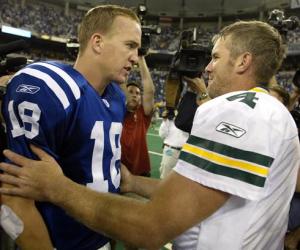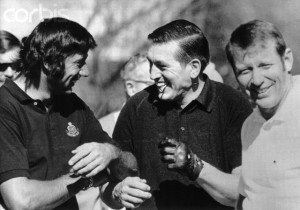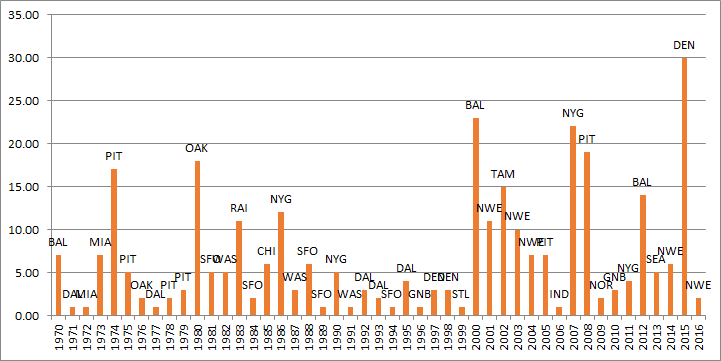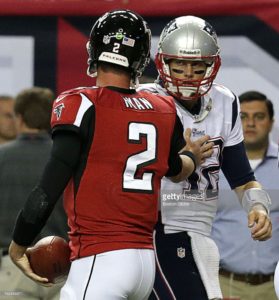Former 49ers and Chiefs quarterback Alex Smith has a well-earned reputation for being overly conservative. Smith was known as a low-risk, low-reward passer for years: he avoided interceptions but took a ton of sacks and threw a lot of short, safe passes. In 2011 with the 49ers, he ranked 30th in average pass length; he didn’t have enough passes in 2012 to qualify, but in 2013 with the Chiefs, he ranked 36th in how far his average pass traveled. In 2014, he ranked 33rd, and he repeated that ranking in 2015. In 2016 he ranked 29th, before vaulting to 22nd last year.
From 2011 to 2017, Smith threw 43 interceptions but took an incredible 260 sacks! That means over the last seven seasons, Smith has been sacked over 6 times as often as he’d thrown an interception (6.05 to be precise). Among the 32 quarterbacks who have thrown the most passes since 2011, only three others have even a 4:1 sack:interception ratio. Two of them are two of the best quarterbacks in the NFL in Russell Wilson (4.4 to 1) and Aaron Rodgers (5.20 to 1). And there are some extenuating circumstances in both cases.
Wilson has played behind terrible offensive lines and scrambles often, which inflates his sack rate. Rodgers has been arguably the best quarterback in the NFL over the last seven years and has a tiny interception rate, although taking too many sacks is a legitimate criticism of his game. But neither passer is a dink-and-dunk type: both rank in the top 8 in yards per completion since 2011 (Rodgers averaged 12.0 yards per completion, Wilson 12.2) while Smith ranked in the bottom 8 with an 11.2 average.
The fourth quarterback is Smith’s old teammate, Colin Kaepernick (5.70 to 1). Even as a young player, Kaepernick always took a lot of sacks, and like Wilson, his scrambling inflated his sack rate a bit. Kaepernick averaged 5.3 sacks for every interception in 2012, then 4.9 in 2013, 5.2 in 2014, 5.6 in 2015, before catapulting to 9.0 in 2016, a year that may have been influenced by his political stance. But even still, Kaepernick wasn’t really a great match for Smith because he averaged 12.1 yards per completion, the 6th-highest rate since 2012.
So over the last 7 years, it’s pretty clear that no quarterback embodied the risk-averse style of player quite like Smith. With a ton of sacks, not many interceptions, and a low yards per completion average, Smith was the most conservative passer in football.
But over the last three years, Tyrod Taylor has taken the crown. In fact, Taylor is more Alex Smith than even Alex Smith! I looked at the 32 quarterbacks with the most pass attempts since the start of the 2015 season. Among that group, Taylor ranks 2nd in interception rate at just 1.29%, but he also ranks last in sack rate at 9.1%! The scramble factor is an issue here — by scrambling when a play breaks down instead of throwing it away, Taylor’s sack rate isn’t quite as bad as it appears — but only two of the other 32 quarterbacks have a sack rate within even two percent of Taylor’s. [continue reading…]











